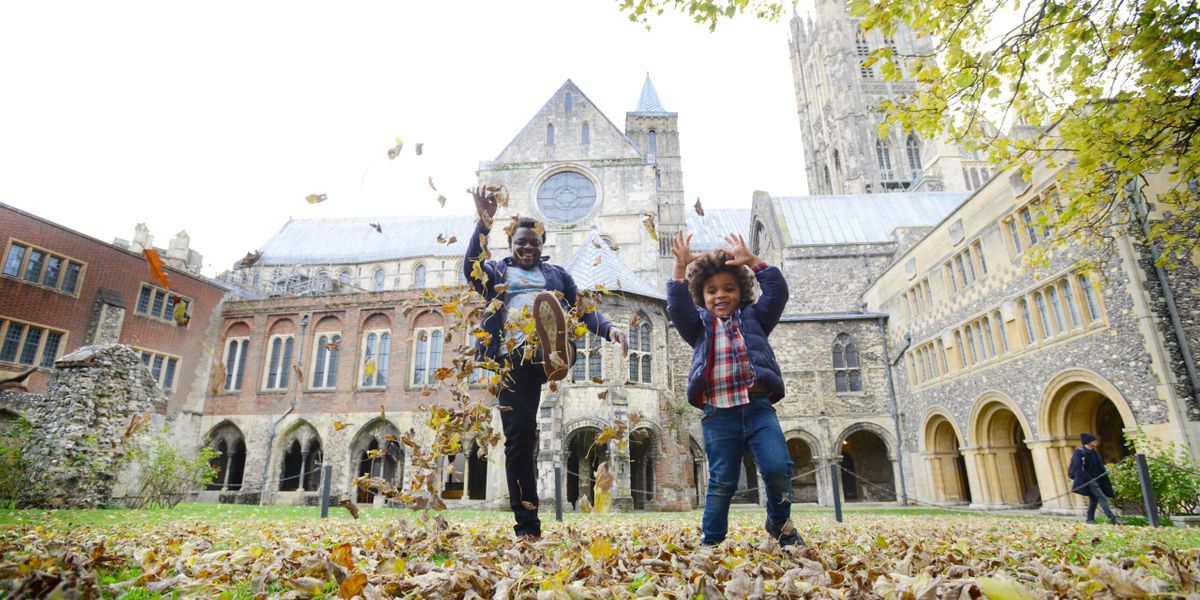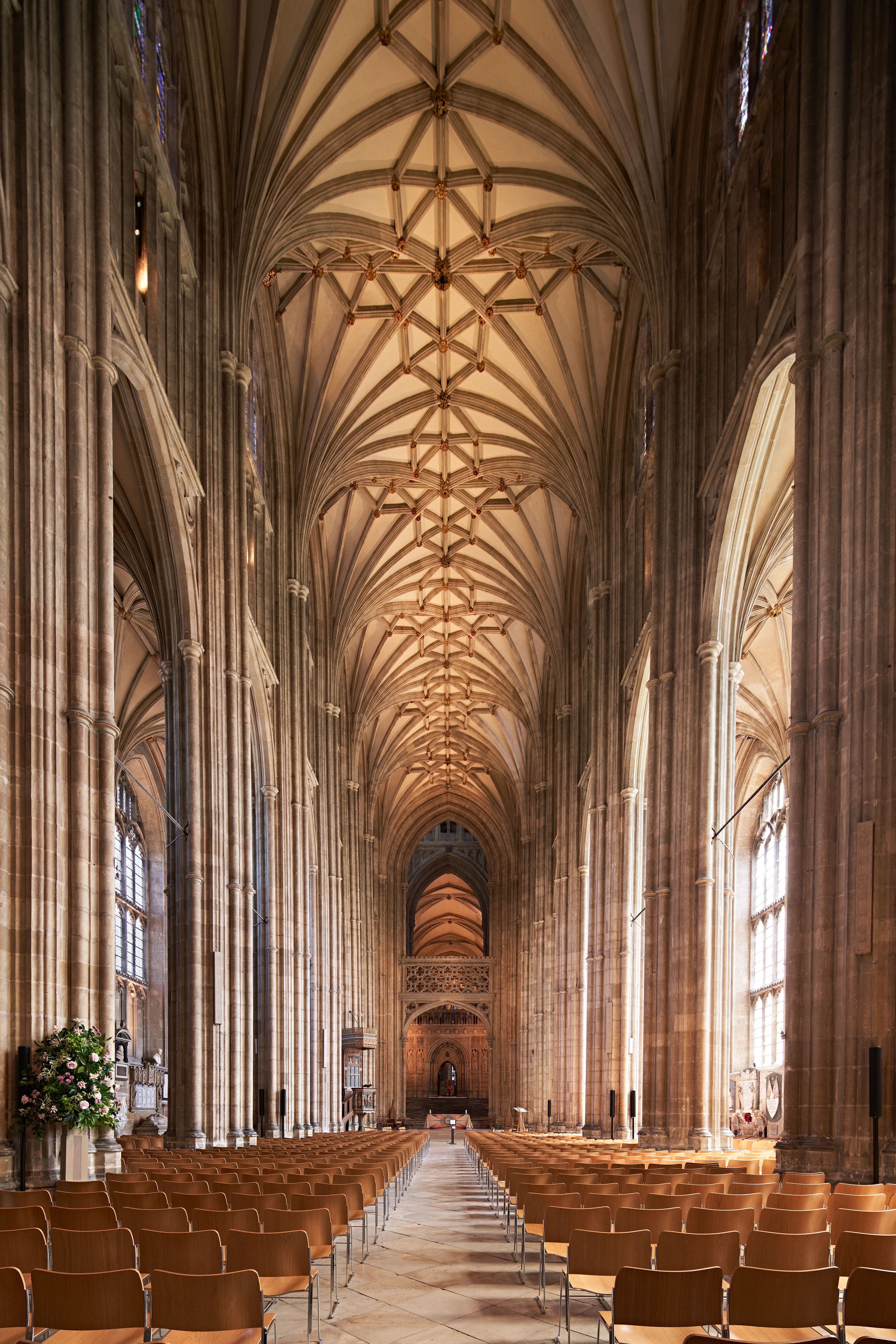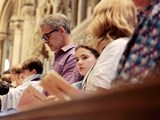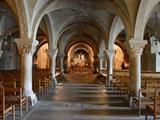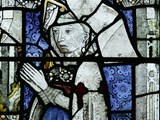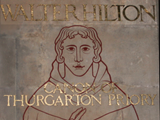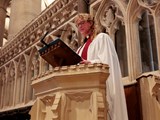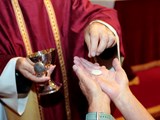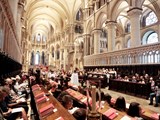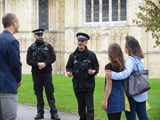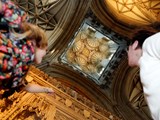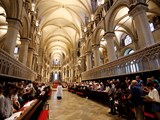Primarily this is a place of Christian community, worship and witness. We believe that God’s saving love has been revealed to us in the life, death, resurrection and ascension of Jesus of Nazareth (see What we believe | The Church of England).
Every stone and stained glass window is shaped to give glory to Christ whose name is given to this metropolitical cathedral church. St Augustine was sent here by Pope Gregory the Great as a Christian missionary in 597. He discovered indigenous Christians and worked with them to establish a larger Christian community. In time this became the principal seat of the Archbishop of Canterbury who now leads the Church of England and the worldwide Anglican Communion.
Here our stories of church and state intersect. This includes the martyrdom of Archbishop Thomas Becket on 29 December 1170. He was canonised as St Thomas of Canterbury. Canterbury was already a site of pilgrimage, but St Thomas’ shrine elevated it to one of the most important in medieval Christendom. Subsequent centuries offer layer after layer, making a ‘thick story’ to discover. We sense this in the majesty of our medieval building, the quiet mystery of our crypt, and as our imagination is fired walking around our gardens, ruins and cloisters.
Today, our community is drawn from local people and Christians from across the Diocese of Canterbury and the Anglican Communion, from visitors and tourists, from refugees and those cut off from society through exclusion as well as thousands who join us online for worship. Here we are drawn together in a pilgrimage of faith. Like medieval pilgrims to Canterbury, we find it to be a place of miracle and transformation where we encounter the presence of Jesus Christ.

The Very Reverend Dr David Monteith
Dean of Canterbury
